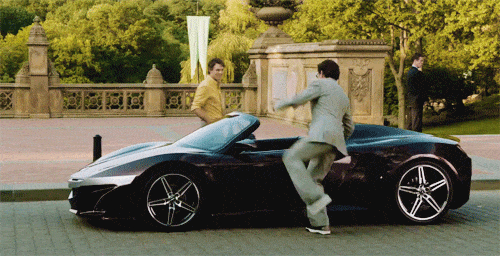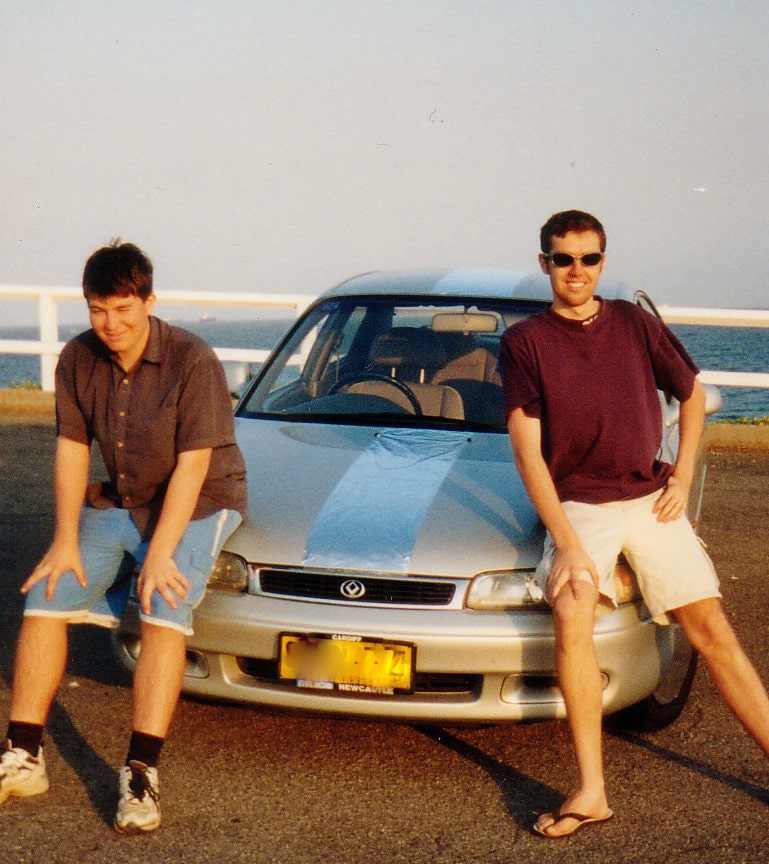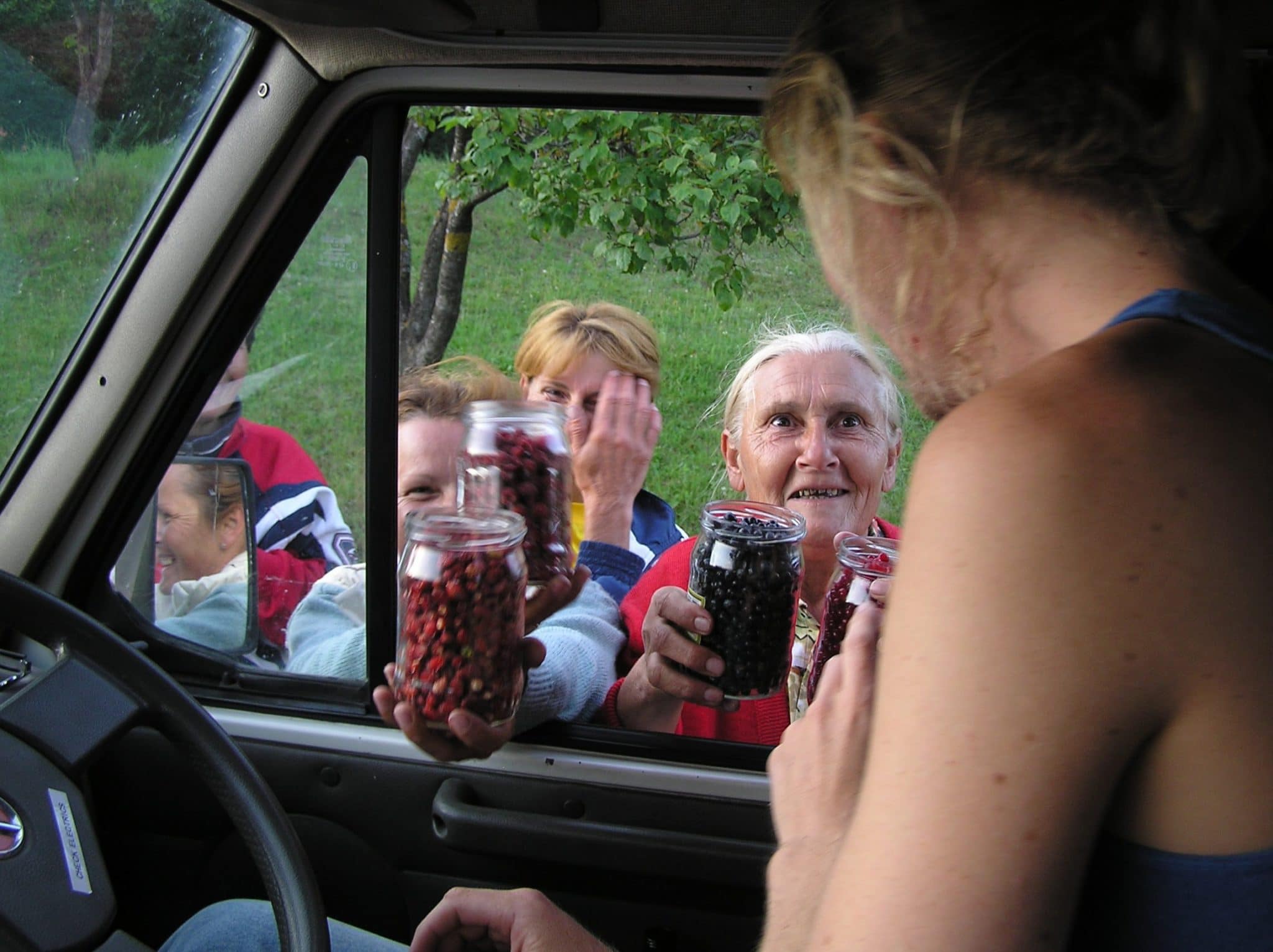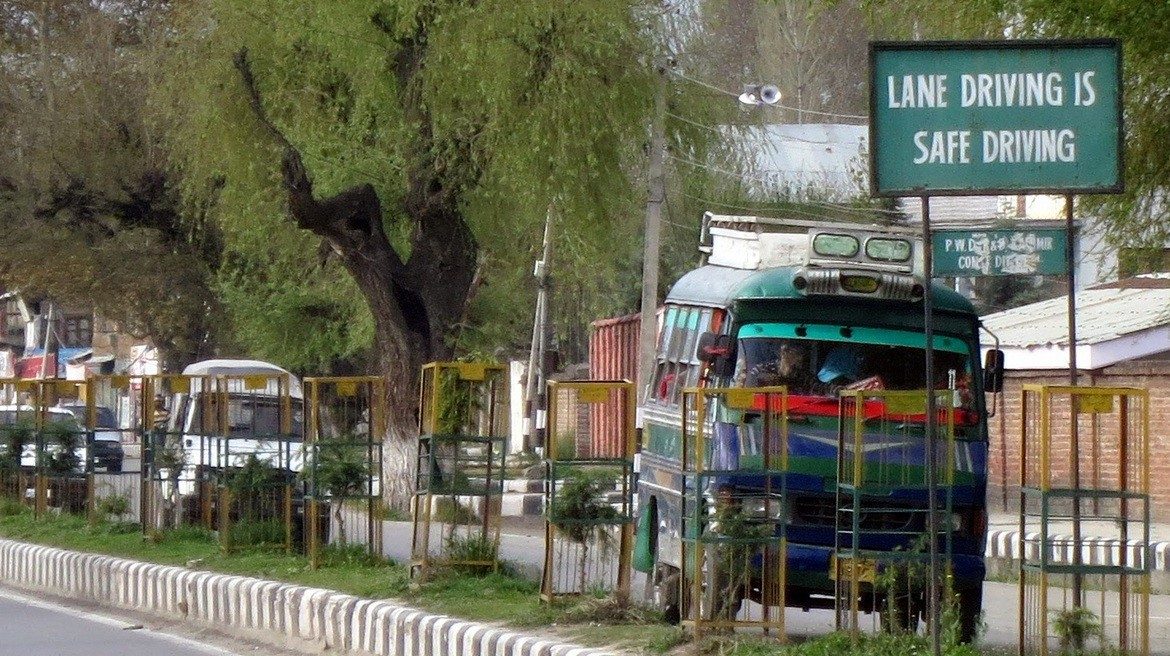He left without his wallet, drove two suburbs away, and returned with a $108 fine. My friend’s crime: not carrying his licence while driving.
In search of a loophole to escape the fine, or at least uncover an explanation for what I consider to be a legal requirement of questionable logic, I dove into my state’s road rules. Two days later, I came up for air, grasping the following compilation of road rules that range from the little-known to the downright weird.
Let’s start by clarifying a few uncertain rules for the locals, before moving through the increasingly odd or impractical.
#1. U-turns
A perennial point of uncertainty. Unless overruled by signage, U-turns are legal everywhere except intersections with traffic lights Rules 37-42. So go ahead and park like this:
That said, rules are increasingly harmonised across Australia. All these should apply in each state and territory unless deliberately excluded, except for those I’ve noted as being uniquely NSW creations. For the detail seekers, I’ve included links to the relevant regulatory clauses.
#2. Phones
Surprisingly, you can legally use your mobile phone while driving. But only if it’s for playing audio, navigation, or phone calls, and provided you follow one of two authorised techniques Rule 300.
- the public can drive motor vehicles or ride bikes, animals, and particularly speedy motorised wheelchairs; Rule 15(e) and
- footpaths, nature strips, and anywhere that the public can or does park.
Using voice commands is the alternative, provided you’re not holding the phone. Hope everyone reads the regulations though, because ‘held’ has been legally defined to include resting on your lap. Note that while laps are forbidden, the lap pockets of your pants are fine.
#3. Your lap (continued)
Elsewhere in the regulations, laps are also forbidden to hold animals and other people Rule 297.

So remember, delay any passionate coupling until the vehicle is properly parked. And consider moving out of the driver’s seat, for both legal and ergonomic reasons.
#4. Body parts
We now know what to keep out of our laps. But where can our laps go?
Not in the boot/trunk for starters, a location NSW made a rule to specifically target Rule 268-2. That is, unless the vehicle is a station wagon (to check the five-part definition of a station wagon you’ll need to look in a separate regulation).
Also exercise caution when putting your lap, or any other body part, outside a motor vehicle. It’s illegal. Though NSW provides an exemption if there’s no reasonable danger of injury Rule 268(6), which is considerate because it’s fun to do that thing where your hand surfs up and down in the air rushing past the window.
That said, perhaps it’s not innocent, child-like fun for all of us: Scientists: Does holding your hand out a car window feel like cupping breasts?
#5. Alcohol
I’m less pleased with this special NSW road rule: no alcohol for the driver while driving Rule 298-1.
On first glance this seems sensible. Drink driving is dangerous, thus illegal.
Why then do the authorities use blood alcohol limits, whereby they legally let a driver have a certain amount of alcohol in their system? Evidently, they have assessed that a small quantity of alcohol doesn’t impair driving performance. And/or that most drivers can be impaired to some extent before they become unacceptably dangerous.
So the problem then is not drinking while driving, rather it’s being ‘drunk’ while driving. If we had no way to assess whether a driver had drunk too much then it might be sensibly cautious to ban drivers from drinking. Yet with breathalysers and blood tests, a police officer can directly measure the implied level of impairment, which means there is no need for blunt proxy mechanisms like the ban on drinking.

#6. Parking (1)
The pitfalls continue after a vehicle parks. Once you’ve moved more than three metres from your empty car, it’s a $108 fine if a single door is unlocked Rule 213(5)(b). It doesn’t matter if you’ve left the car for only the briefest of moments, or that you can see it clearly. And the rule still applies if you’re driving a convertible, with doors that can be simply stepped over.

#7. Parking (2)
Hope your windows are up, too. Just one window open by more than 2 centimetres should earn you a $108 fine. Rule 213(5)(a); 213(6). This rule only applies to an empty car, which is good news for passengers in summer.
Good news for human passengers, that is. Dogs and other animal friends are not so lucky as a vehicle full of pets is, by this law, an empty vehicle. On a 35 degree Celsius day, it can be over 50 degrees inside a vehicle within twenty minutes. If you can’t take them with you, you can either leave your pets in that furnace with its woefully inadequate 2 cm window cracks, or you can put the windows down and break the law. Cause apparently traffic regulators are puppy killers.

This scenario could make a good rebuttal should you ever be sanctimoniously directed to follow the rules rather than act in a manner that aligns with your own intellectual assessment and moral compass. Before any empowered entity constrains the role of personal judgement, they should carefully consider whether all their rules are of a quality that warrants blind adherence.
Happily, the Australian Capital Territory (ACT) exempts every driver from having to follow this law Provision 16A. Even in one of Australia’s coldest cities, that’s eminently sensible.
#8. Parking (3)
In the throes of a fiery summer, sometimes putting the windows down just doesn’t cut it, and for the passengers’ sake a driver might leave the air conditioning running during a short stop. If those passengers are less than 16 years old then – you guessed it – it’s a crime. Being more than 3 metres away while the key is still in the ignition, even with the engine off and car parked, breaks Rule 213(4).
It’s not a defence that your youthful passenger was listening to the stereo. Even if it was playing a pumping song from Top Gun. Oh, that reminds me – did I mention that at age 15 they’re legally trusted to fly an aircraft in Australia? And to fly it solo? But not to sit alone in the car with a key in the ignition. True story.

#9. A crash course in dating
If you’re single, lonely, and slightly predatory, then I have a hot tip for you.

Note there is no legal requirement for them to subsequently date you, or to not consider you a creep.
#10. Pedestrians
Some more tips for the creeps and jerks.
It’s illegal for a vehicle’s occupants to seek to make purchases from pedestrians Rule 236(5). A person is legally classed as a pedestrian when in a wide range of road-related areas.
Yet strangely, this rule has been written so it applies only in a subset of those areas. Namely, it is only illegal to attempt a purchase from pedestrians when they’re on a road, median strip, or traffic island. So if you’re one of those douchebags who shouts “How much?” at women on the side of the road, remember your road rules: median strip wrong, footpath okay Rule 236(7).

And while business opportunities for pedestrians might be stifled by the ban on hitchhiking, windscreen washing, or ‘soliciting employment’ from those locations, there is a workaround. The rule doesn’t prohibit these activities if you’re already in or on a vehicle. So get on a bike or horse, sidle up to a traffic jam, and ‘solicit employment’ to your heart’s content.
Or move to Canberra. The ACT exempted itself from this rule Provision 22A, which explains its unique abundance of windowscreen washers at inner-city intersections.
#11. Moving vehicles
Wait until it has stopped before getting on or off a moving vehicle. Except if it’s a bicycle. Or animal Rule 237(2); 269(2). Because even public servants know that leaping onto a passing horse is just too awesome to ban.
#12. Sirens
Here’s another impressive skill accommodated by the road rules (at least in NSW).
While Rule 224-1 prohibits a driver or passenger imitating a siren, it applies only if they used a device.
#13. Bicycles
Cycling is a rich vein of road rule gold.
First up is the new and infamous $108 fine for riding a bicycle without a functioning bell or horn Rule 258, presumably created to address the rash of accidents caused by mute cyclists.
Rule 257 bans carrying anyone older than 10 in those trailers towed behind bicycles, which I think we can all agree was an unparalleled scourge on civil society and long overdue for outlawing.
You mustn’t ride a bike while leading an animal Rule 301(3) which, while probably sensible, nonetheless tragically scuppers both my untested idea to more effectively exercise an energetic dog, as well as my aspirations to train for the Iditarod.
Then there’s the matter of riding on footpaths. While generally a poor substitute to on-road cycling, particularly where this is fostered by bike paths and bike lanes, sometimes it is the sensible alternative to a particularly congested or dangerous stretch of road. But safe isn’t always legal, and you’ll be committing a crime unless you’re carrying a suitable medical certificate Rule 250(1A); 250(1C).
As medical certificates authorising adults to cycle on footpaths are presumably uncommon, your best bet is to accompany a child no older than 11 Rule 250(1). Any child will do – it doesn’t necessarily have to be yours.

Do keep in mind though that while children less than 12 years old are free to cycle on footpaths, ‘a rider of a bicycle who is under 12 years old must not ride on any footpath in an area that the Minister has declared, by order published in the Gazette, to be an area in which riding on footpaths by children under 12 years of age is prohibited’ Rule 250-1.
So kids, before setting off with your pals on an ol’ fashion bike riding adventure, make sure you’ve packed any unread editions of the NSW Government Gazette.
Oh, back on that stretch of dangerously congested road. The authorities know that it could never, ever be risky enough to warrant an adult (or 12-year-old) assessing the current situation and cautiously diverting onto a footpath. But if there’s a child on the back of your bike then it’s always appropriate. ‘Cause you know, why won’t anybody think of the children Rule 250(1)(d).
#14. Funerals
Why won’t anyone think of the deceased? NSW is one step ahead, creating a special $108 fine for interrupting the free passage of a funeral procession, which in that region is apparently a matter of particular concern Rule 79-1.
#15. Splashing mud
Another area NSW considers inadequately addressed by the Australian road rules is drivers splashing mud on pedestrians. As such, they’ve created Rule 291-3 which requires a driver to slow or even stop their vehicle to avoid getting mud (though not water) on a pedestrian. But only if that pedestrian is boarding, exiting, or waiting for a bus. And then, only if it is a public bus.

#16. Bicycles (2)
Saved until last is my personal favourite. Like many of the most amusing or perplexing rules, it’s another one that NSW created especially because it felt the Australian-wide rules were lacking. Rule 245-1(1) stipulates that when on or near NSW roads, no bicycle may be ridden ‘recklessly’ (fair enough), ‘negligently’ (no problems so far), or…. ‘furiously’.
Is the government mandating that you cycle more sedately when running late, or when struggling up that steep hill? Or perhaps the facial expressions of NSW cyclists are insufficiently serene?
I suggest you play it safe: affect a calm, Mona Lisa-style expression and cycle slowly to your nearest source of legal advice.
Did you like this article?Do you like this site?


The fast and the furious cyclist